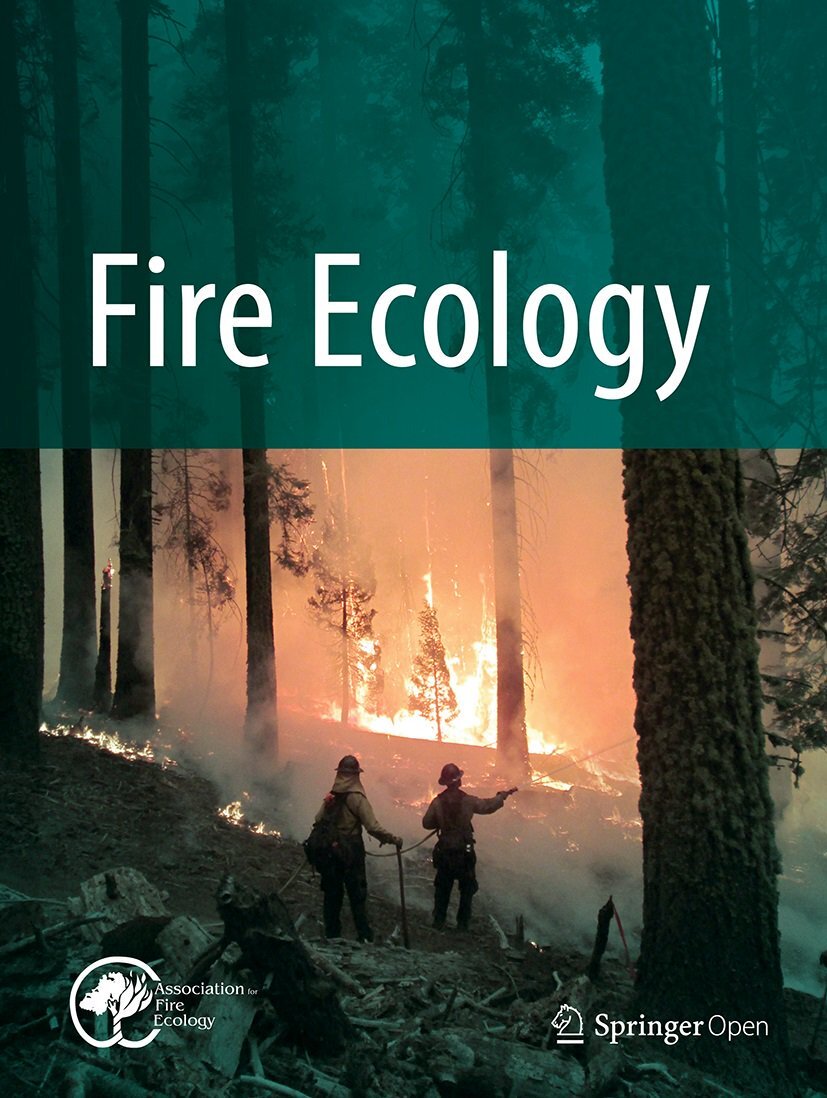Type: Full-time, On-site
Location: San Jose, CA
Deadline: 10/1/2024 for Spring 2025, 3/1/2025 for Fall 2025
Start date: Start as student in January 2025 OR Start as technician April 2025, and as student in August 2025.
California and the west are in the midst of a wildfire crisis due to an increase in catastrophic fires and decrease in good fire. One solution to these dueling crises is prescribed fire, and there is broad political support to increase its use. As the number of prescribed fires and their acreage increase in California, understanding their goals and effects are important. This research may help California Central Coast managers conduct better prescribed fires with their limited burn windows and capacity.
The student will be part of a collaborative, interdisciplinary team who evaluates prescribed fire effects on existing research and monitoring projects, which could be a MS thesis and peer-reviewed publication. Potential prescribed fire partners include Cal Fire units, UC Cooperative Extension, Prescribed Burn Associations, non-profits, private landowners, state and federal parks, Tribes, and more. Students may have an opportunity to pursue a prescribed fire project outside of the current research scope. Projects will generally be focused in the South Bay and Central Coast.
MS students would work with Dr. Kate Wilkin in the Biological Sciences Department’s Ecology and Evolution program. Students would participate in the new Wildfire Interdisciplinary Research Center, which was recently awarded a NSF Industry-University Cooperative Research Center (IUCRC). WIRC provides potential internal research funding and interdisciplinary collaborations between ecology and social scientists, climatologists, fire weather, fire behavior modeling, combustion engineer, fire behavior monitoring, and remote sensing.
Prescribed fire research includes:
Evaluate efficacy of novel field-based and remote sensing-based monitoring methods
Coastal prairie restoration
Chaparral fire management
Other research and projects in the lab includes:
Home Ignition Zone (HIZ)
Fuel breaks and evacuation route clearance
Pyrodiversity
Youth fire education
Funding:
1st year funds available through existing grants. We will apply for 2nd year funds together. Summer 2025 funding and internship may be available through a SJSU-NASA FireSage internship program. Students are expected to seek additional funding and tuition stipends may be available through competitive Biology Department teaching positions. Competitive internal research funding available through the new Wildfire Interdisciplinary Research Center, which is a NSF Industry-University Cooperative Research Center. Students are expected to apply to CalFire, Joint Fire Science Program, California Native Grasslands Association, Association for Fire Ecology, CSUBIOTECH, SJSU Biology Department Scholarships, and other student grant programs. Total funding is dependent on the project, and students will be trained in internal and external grant writing.
Application Process:
Applicants should also email Kate Wilkin (kate.wilkin@sjsu.edu) well in advance, and include some of the items needed for a formal application to SJSU.
Your research interests and long-term career goals in a cover letter
CV with software, lab and field methods and equipment (especially botanical identification and vegetation monitoring), language (especially Spanish), and other skills, and publications and presentations listed
Scores: GPA, transcript, GRE if taken
One writing sample (report, published paper, technical report, or class research project)
Funding needs: Do you have a grant in-hand? What are your needs?
Contact information for 3+ references
Interested applicants must apply to the graduate school at San Jose State University using their application.
Spring 2025 applicants must apply by October 1, 2024.
Fall 2025 applicants must apply by March 1, 2025.

